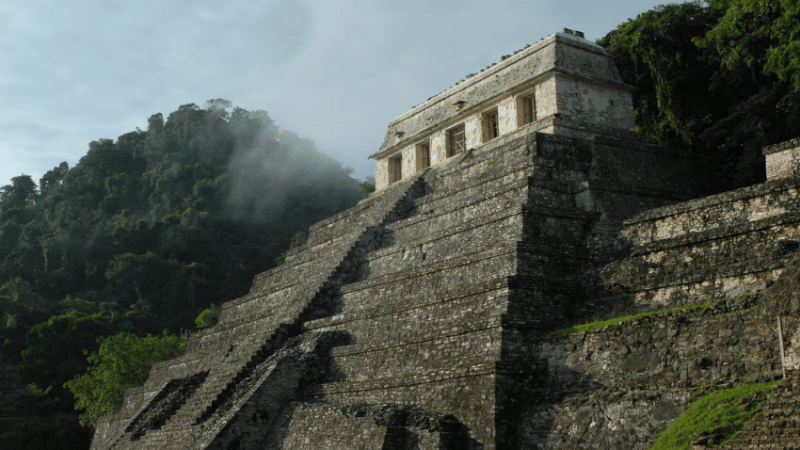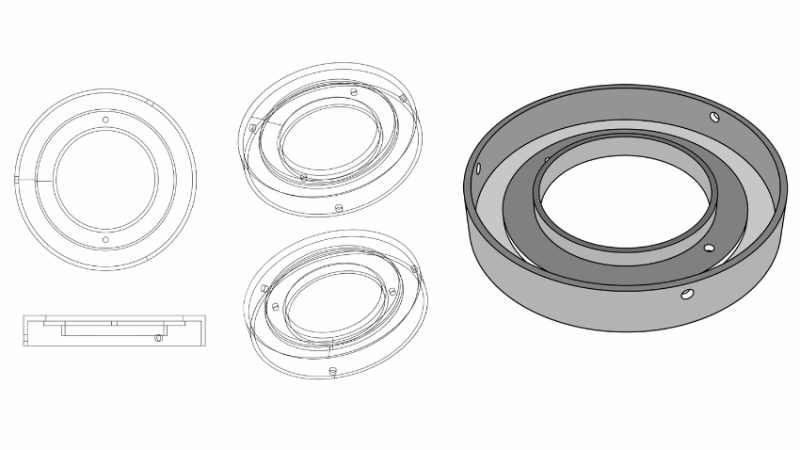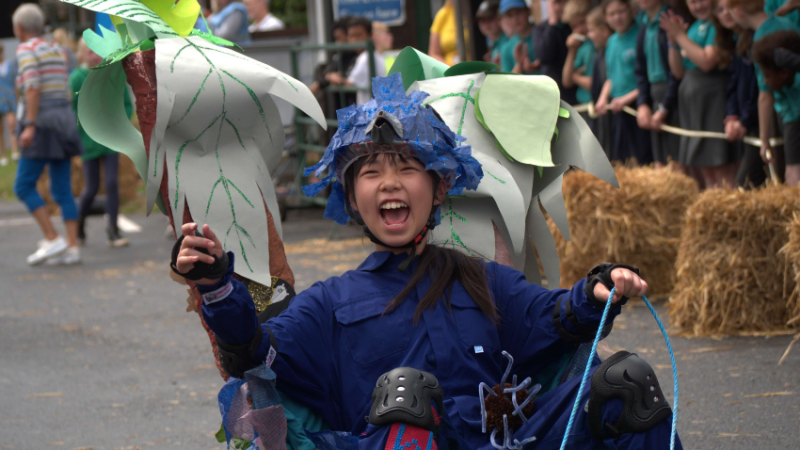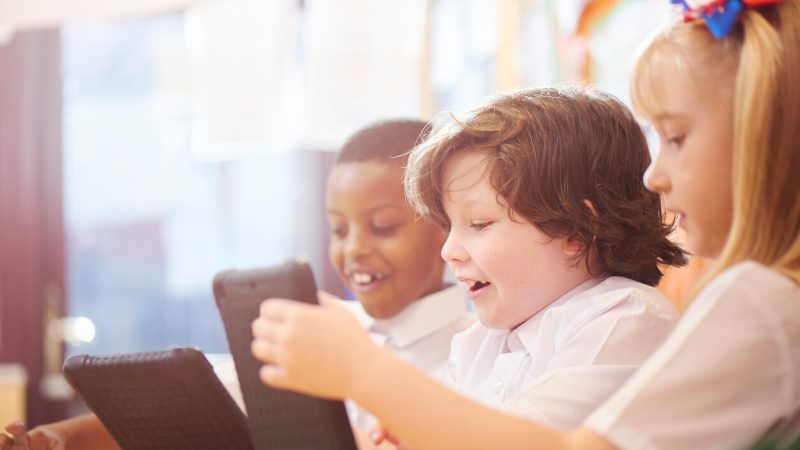D&T textiles – Transforming the textiles curriculum
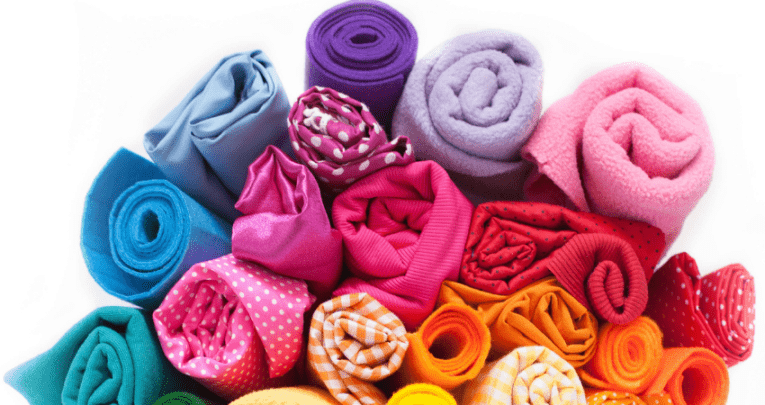
Find out how one West Yorkshire primary wove local history and the future of science into the textiles curriculum…
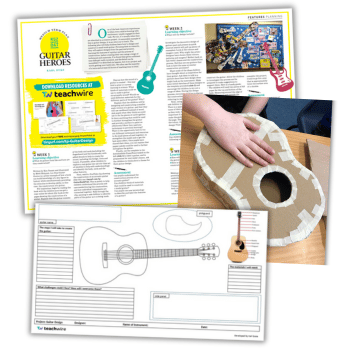
“How can we embed purposeful, creative activity into each classroom and across the curriculum?”
This was the action research question posed to me and my colleague as we began our journey to revamp the D&T textiles provision in our Yorkshire primary.
Naively, I thought the textile industry within our area was long gone. One for the history lessons along with crumbling mills, and stories of Luddites smashing power looms. Or of farmers struggling to earn a decent wage from their unwanted fleeces. I couldn’t have been more wrong though – Yorkshire still has a textile story to tell!
Over the past decade we’ve made it a priority within school to develop our art provision, lifting it to core subject status. Along with four other primary schools, we secured funding from the Paul Hamlyn Foundation and embarked upon a two-year project with the aim of developing our D&T textiles offer.
Initially driven by a desire to teach our children about their local heritage, we ultimately developed a huge understanding of and appreciation for the innovative and pioneering industries that were still on our doorstep.
Did you know that fabric produced in Yorkshire has its own DNA woven into the fibres to eliminate any counterfeit products from reaching the market? Neither did we.
This project brought so many rich and varied ideas, new artists and ways of working to our attention, and we were able to weave new lessons into all areas of the curriculum.
Changing the D&T textiles curriculum
Throughout the project, two teachers from each of the five funded schools met regularly with industry professionals, and lecturers, technicians and artists based within the University of Huddersfield.
We took part in numerous workshops and visits to develop our understanding of a wide range of textile practices, from industrial scale weaving, recycling, and cloth making to small-scale embroidery and natural dye production.
We also learned best practice in terms of filtering these new areas of learning into our curriculum through storytelling, dance and song.
It was soon apparent how this new-found knowledge could contribute to so many areas of our school curriculum. From the mathematical coding needed to program a loom to the geographical reasons that put Yorkshire well and truly on the textile map centuries ago.
Why had it taken so long to invest in this area of learning?
Fully engaged
The manager of the Textile Centre of Excellence answered this question for me during a CPDL session. “If the only thing teachers are doing in their D&T textiles lessons is making cushions and pencil cases, then they are doing the local textile industry a disservice.”
In the past, when planning our art curriculum, I didn’t once think to look at it from a textiles point of view, because it didn’t interest me.
Now though, sitting in the local university hearing about designing breathable fabric for NASA, weaving fabric for knee replacements on the NHS, using weapons-grade lasers to agitate the fibres in wool to make it naturally waterproof, and designing top secret fabric for the Ministry of Defence? I was fully engaged, and I knew our children would be too.
Trending
Over time worked with a range of artists and professionals to create new schemes of work for each year group in school. These were closely linked to our existing curriculum, but added a new practical dimension to the way in which we teach different subjects.
Strengthening community ties
Some projects developed a sense of understanding and empathy amongst our children; this was particularly evident when we worked with a local artist to develop textile-based blood bags to promote blood donation. Developing engaging lessons has had a huge impact on our pupils. We’ve found that more and more of them are choosing to create textile pieces. Before they would have opted to draw, paint or write.
They are also now aware of the textiles courses available to them at our local university. It’s raised aspirations amongst some children too. One child said: “I didn’t think university was somewhere I could go. My mum couldn’t go to university, but I certainly want to when I’m older.”
We’ve developed strong links with the university and our children have spent time there working alongside degree students.
Our staff feel more confident when delivering textile-based lessons too. Everyone has been able to spend time working with a local artist or industry professional to develop new lessons.
We collected photos, pupils’ voice and samples of work to form the basis of our evaluation and action research, regularly sharing this with staff from the other participating primary schools. We not only learned from textiles artists and professionals, but from each other too. We’d formed an interconnected school family, a network to showcase great practice and work through the pitfalls.
As teachers, we supported artists in how to deliver workshops to children. In turn the artists shared their industry knowledge and first-hand experiences, which was invaluable to the success of the training.
Long-term thinking
We enjoyed and embraced the richness and luxury that a fully funded two-year course brings. But we’ve also had to be mindful about how we can make this sustainable when our grant runs out. This is the first academic year where we’re on our own in terms of finance. It’s going to be a challenge.
But it’s a project that we feel is absolutely worth investing in. It has brought our children (and staff) so much joy and confidence. It set the scene for a more complete understanding of our heritage, and enabled us to feel at the heart of the Yorkshire textile industry.
Our children proudly spotted that a local company made fabric used in the coronation ceremony of King Charles. They also know that the seat fabric on the new Elizabeth tube line trains is designed and made locally, too. These are things they wouldn’t have noticed two years ago.
Being part of this project is the best CPD I’ve experienced. It helped us all to feel that Yorkshire textiles goes far beyond making cushions and pencil cases.
Top tips for D&T textiles curriculum success
- Funding is available to support the development of subject areas in school. We applied for the Paul Hamlyn Foundation teacher development fund. This focuses on professional development of teachers.
- Making strong links with your local universities and the staff who work in them can be invaluable. We took groups of children to work in a university, which was a highlight of this project. Using the laser cutters, large looms and knitting machines is something the children are talk about.
- Working with local artists and industry professionals is a two-way partnership. We enjoyed learning new skills from the artists. They were able to develop their ability to work with primary aged children. Many of the artists we worked with hadn’t worked with children so young before and enjoyed taking on the challenge.
- Discover what your local area is famous for. This proved a wonderful goldmine for us and really engaged our children. It’s helped our school to customise different areas of the curriculum. And has helped us to fully understand the relationship between our heritage and local industry.
Mandy Barrett is a teacher at Gomersal Primary School in West Yorkshire. Find details of all the textiles workshops mentioned here on the school’s art blog at gomersalprimaryschoolart.blogspot.com.






